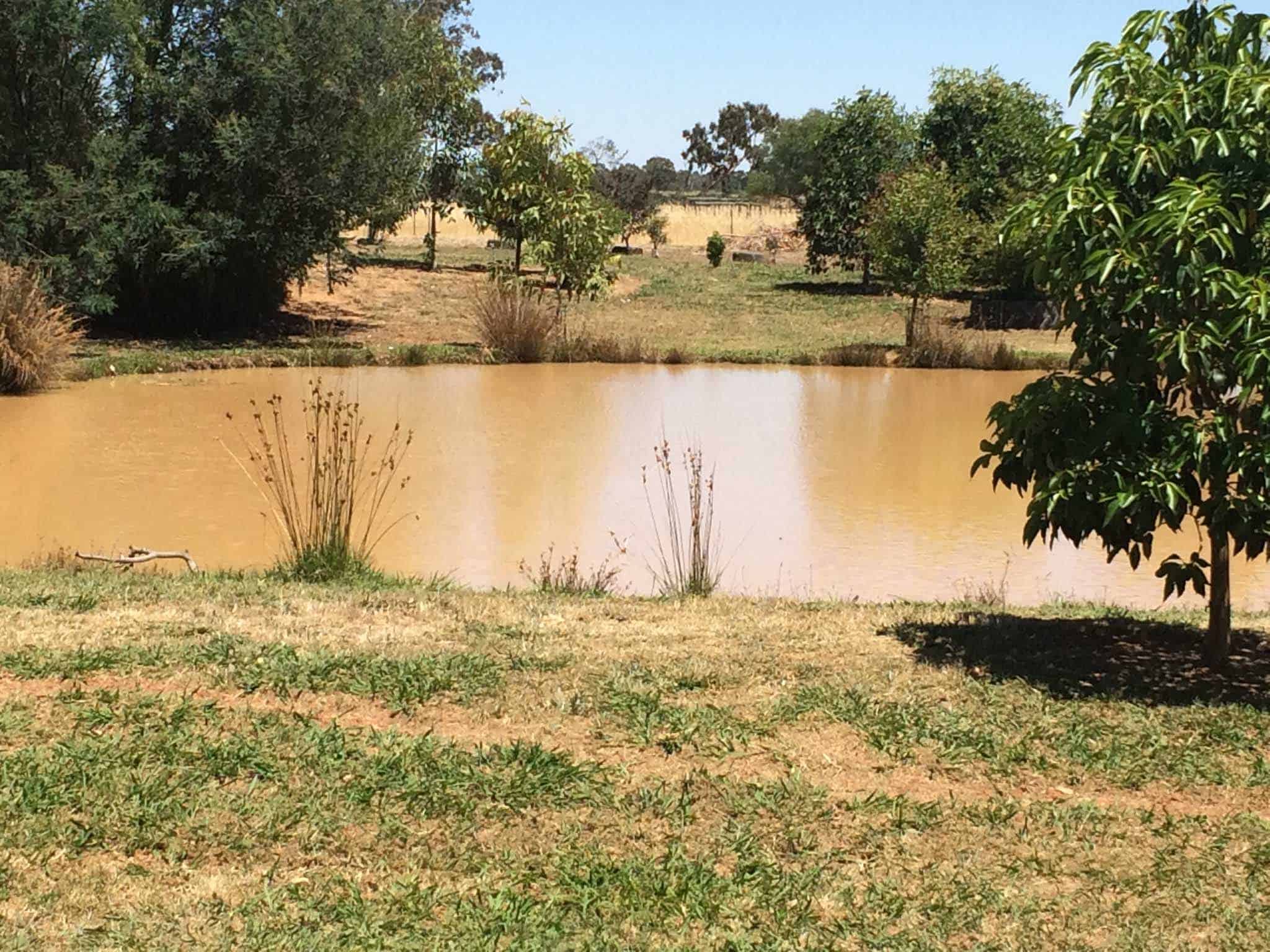
Turbidity – Causes and Solution
Q. Not 100% sure, but we think we are experiencing Turbidity in our pond, can you help?
ANSWER:
Unraveling the Mystery of Turbidity in Your Pond: Causes and Solutions
Many pond owners may find themselves scratching their heads when faced with murky, brown water and an overall cloudy appearance in their pond. If you suspect that your pond is experiencing turbidity, In this Q&A, we’ll look into what turbidity is, its potential causes, and effective solutions to restore your pond’s clarity.
Understanding Turbidity:
Turbidity essentially refers to the cloudiness or haziness of a fluid caused by large numbers of individual particles. In the context of ponds, it becomes particularly noticeable when the water takes on a muddy appearance, prevening visibility beyond the top layer. This phenomenon occurs due to the obstruction of light penetration through the water.
Identifying Turbidity:
A simple test to determine if your pond is affected by turbidity involves assessing visibility. If you can’t see past the top 60cm of water, turbidity is likely the reason. This reduced visibility not only affects the aesthetics of your pond but can also have implications for the aquatic ecosystem. Turbidity obstructs sunlight, potentially lowering oxygen levels in the water.
Common Causes of Turbidity:
Clay or Earth Lining: Fine particles that refuse to settle may originate from the pond’s clay or earth lining.
Rainfall Impact: After a heavy rainfall, ponds are prone to becoming turbid due to the disturbance caused by the rain.
Livestock and Wildlife: Stirring of the water by livestock or wildlife can contribute to increased turbidity levels.
Nutrient Loading: Nutrients such as phosphates can lead to a loss of water clarity, needing attention to prevent further deterioration.
Addressing Turbidity:
If you’re determined to restore your pond’s clarity, a simple and effective method involves taking a water sample in a clean glass jar. Seal the jar and place it in a dark location for about a week. Upon observation, if the water remains murky, phosphates may be the cause. In this case, a product like Phoslock can be added to bind and sink the particles.
Or, if the water clears within a week, environmental factors are likely responsible for the turbidity. Look at your pond’s surroundings to identify potential reasons. Consider factors such as:
Livestock Access: Assess how livestock interacts with the pond. Ensure controlled access to minimize water disturbance.
Bottom Feeding Fish: Some fish species, particularly bottom feeders, can constantly stir up sediment, contributing to turbidity.
Erosion Control: Address excessive erosion around the pond’s edges by planting grasses and trees to prevent soil runoff.
Maintaining a clear and healthy pond involves understanding and addressing the factors contributing to turbidity. By identifying the root causes and implementing targeted solutions, you can reclaim the natural beauty of your pond and provide a favourable environment for aquatic life. Remember, a little proactive care can go a long way in preserving the clarity and vitality of your pond.




